When it comes to pilgrimage, Char Dham always comes to mind. India has Char (four) Dhams and that subsumed Yamunotri Dham, Gangotri Dham, Badrinath Dham and Kedarnath Dham. Kedarnath temple is very famous and dedicated to Lord Shiva, it is said that Kedarnath temple is more than 1,200 years old. It was built by Adi Shankaracharya and is among one of the 12 Jyotirlingas in India. A visit to Kedarnath temple is an integral part of the famous Char Dham Yatra in Uttarakhand.
Kedarnath as a Pilgrimage site : It is one of the hallowed places in north India, Kedarnath is situated in Uttrakhand. It is located at an altitude of 3,584m above sea level, near the head of river Mandakini. Like the other sites, Kedarnath closes on the first day of the Hindu month of Kartik (October-November) and reopens in Vaishakh (April-May) every year from May to June and September to October and these are considered the best months to visit Kedarnath. The path leads to the temple is highly dangerous during peak monsoon season as landslides and floods are very common during this time of the year.
Kedarnath Temple came in Existence from Dwapar Yuga
Kedarnath has been a pilgrimage site since Dwapar Yuga. Kedarnath temple is dedicated to Lord Shiva and a visit to the Kedarnath temple is an enthralling experience for Shiva devotees. A mythological incident ascribes the temple's construction to the legendary Pandava brothers. The readers will also read that there is no benefit according to the scriptures from the worship of lord Shiva and pilgrimage of Kedarnath.
History of Kedarnath Temple
It is stated that the Pandavas sought Lord Shiva to relieve them from the guilt of killing their blood relatives.
However, Sadashiva (The father of Brahma, Vishnu and Shiva) disguised himself as a milch buffalo to roam in the Himalayas. On being found by the Pandavas, Sadashiva dove underground. When Bhim ran to catch him for the purpose of getting milk. Bhim firmly held the back of the buffalo but the buffalo began to penetrate the earth. Bhim had only managed to get hold of its hump. Other body parts of buffalo showed up at different places. The hump of the buffalo was found in Kedarnath, the navel emerged in Madhya-Maheshwar, two forelegs appeared in Tungnath, the face in Rudranath, and the hair in Kalpeshwar. These are collectively called the Panch Kedar - the five sacred places. The literal meaning of Kedar is swamp.
Seven such Kedars are made in the Himalayas. The head of the buffalo came out in Kathmandu, which was called Pashupati. A temple was built over every part. All these temples were made to prove that the mythological event was true. Though these temples are witnesses to some or the other tales, still the purpose of pilgrimage remains meaningless. About a hundred years ago, due to excessive rainfall in Kedarnath, the swamp became more. Neither anyone had gone to see that place nor any puja-aarti was performed there for nearly sixty (60) years. However, thirty to forty years later, visitors have started going there to worship.
Kedarnath as A Tourist Place
It is one of the holiest pilgrimage in North India, Kedarnath is situated in Uttrakhand. It is located at an altitude of 3,584m above sea level, near the head of river Mandakini. A trip to Kedarnath is an exhilarating experience. Like the other sites, Kedarnath closes on the first day of the Hindu month of Kartik (October-November) and reopens in Vaishakh (April-May) every year. May to June and September to October are considered the best months to visit Kedarnath. The path leading to the temple gets highly dangerous during peak monsoon as landslides and floods are very common during this time of the year. Kedarnath's opening date in 2021 is 17 May 2021 (Expected).
Tragic Flood of 2013 , Destroyed Parts of Kedarnath
On June 17, 2013, a flash flood came down upon the overflowing banks of the Chorabari lake in Uttarakhand. It carried dirt and stones in abundance and destroyed life, houses, and everything that came on its way. Millions of people who went to worship at the Kedarnath temple were swept away by the flood. Thousands of people were killed due to blind devotional faith. Thousands of family members died due to the flood in Kedarnath. The truth is Shiva can not save his devotees from the mouth of death , he has no power to increase their life or to safeguard them from any calamity. He is overruled by the powers of Sadashiva (Kaal Brahm) who is father of Brahma, Vishnu and Shiva. And this way of worship is not described in the Holy Gita ji, But those who died while doing such devotion against scriptures, their life have ruined and this is an exhilarating example of arbitrary worship. Devotees must know about Sadashiva and three Gods
Shiva is the Youngest Son of Sadashiva
In ShivPuran it is written (page 86) ‘we have heard that God Sadashiv (Jyoti Niranjan/ Kaal Brahm) quickly gets pleased. He is benevolent. Lord Brahma, Lord Vishnu, and Lord Mahesh these three gods have originated from Sadashiva’s part’.
Is Lord Shiva Immortal and Formless?
Hindu devotees believe that Lord Shiva is immortal and God is formless. Let us analize a few more enduring questions which devotees want to know.
What is the Age of Lord Shiva?
The age of Lord Brahma is 720000 × 100 = 72000000 (seven crore twenty lakh) Chaturyuga (One Chaukri (Chaturyuga) is made up of four Yugas). Lord Vishnu’s age is seven times that of Lord Brahma and Lord Shiva’s age is seven times that of Lord Vishnu.
Does Lord Shiva Die?
Above mentioned evidence proves that Tridevs ( Brahma, Vishnu & Shiva) are in the cycle of birth and rebirth also Sadashiv (Brahm-Kaal) and Goddess Durga (Gita Adhyay 4 Shlok 5 to 9). Hence it is a wrong belief that Lord Shiva is immortal. Yes, Lord Shiva dies. Lord Shiva is in form as well. Lord Shiva is equipped with Tamogun, he performs the task of destroying living beings thus preparing food for his father Sadashiv/Brahm - Kaal.
Upon completing their tenure these Triloki Gods Lord Brahma, Lord Vishnu, and Lord Shiva also dies. Since like all human beings these Gods are also bind in deeds (Gita Adhyay 4 Shlok 16-22)
Are Shiva, Shankar, Mahesh, and Rudra the Same?
Ref:- ShivMahapuran, Sankshipt Shivpuran, Adhyay 9, Rudra Samhita page 99-110, spiritual knowledge given by Lord Brahma basis what was provided by Param Akshar Brahm (KavirDev) in Satsukrat incarnation to him during Satyug and his personal experience.
Shri Maheshwar Ji said “I am the creator, preserver, and destroy, I bear qualities and is free from all attributes and Sacchidanand form Almighty ParBrahm Paramatma (God). Vishnu! creation, protection and holocaust form and according to the distinguished actions I hold the form of Brahma, Vishnu, and Rudra and is divided into three Gunas (qualities).
Brahman! My similar absolute divine form would appear from your body in this world who will be called ‘Rudra’.
‘I, you, Brahma and Rudra who would appear, they are all one-form. Brahaman! Because of this reason you should do this. You be the creator, Shree Hari will preserve and Rudra who will be created from my part and will appear will be the destroyer. This famous with the name ‘Uma’ is the ‘Parmeshwari Prakriti Devi’, her shakti form ‘Vagyadevi’ only will take Brahma Ji. Later from this Prakriti Devi the second shakti who will appear will be the Laxmi form and will take shelter of Vishnu. Afterward, again with the name ‘Kali’ the third shakti who will appear, she definitely will be obtained to my part ie. RudraDev’.
The above-mentioned description from holy Shiv Puran proves that Shiv, Shankar, Mahesh, and Rudra are one and the same.
What is the True Mantra of Lord Shiva (Shankar) Ji?
Lord Shiva along with Goddess Parvati resides in the heart ‘Hriday Kamal’ in every human being. He has a specific mantra that was given to him by Almighty Kavirdev. Due to the absence of a True Guru and lack of true spiritual knowledge earlier sages remained ignorant and followed arbitrary worship which did not provide them any benefit. They remained ignorant of the true mantra of Shankar Ji and continued practicing on their own as a result, remained in the trap of Brahm-Kaal.
Let us understand with example what happens to the worshipers of Tamogun Shankar Ji, son of God Sadashiv.
Ravana - Worshipper of Tamogun Shankar Ji, Son of God Sadashiv
Ravana was a learned ruler in Treta Yuga. He worshipped Tamogun God Shankar. Currently, no one can do worship like Ravana. He chopped off his head and offered it to Shankar Ji. As he did, God granted him a similar reward. But foolishness did not go. He was called a devil because of the heinous sin he did. He brought his own mother, Sita, who was the wife of the elder brother of God Shankar ie. Lord Vishnu’s wife goddess Laxmi who had incarnated as Sita and was the wife of Lord Ramachandra. Ravana tried to make Sita his wife. A fierce battle was fought as mentioned in Ramayana. Ravana died a dog’s death and was called a monster. He did not attain salvation by worshipping Tamogun Shankar Ji.
Today, Jagatguru Tatvadarshi Sant Rampaj Ji Maharaj is the only Enlightened Saint who provides scriptures based worship, the true mantra of Shankar Ji, also of all other gods who govern respective channels in our body. This is the request to all, take Naam Diksha (initiation) from Saint Rampal Ji Maharaj. Take the true mantra of Lord Brahma, Lord Vishnu, Lord Shiva, Lord Ganesha and even the true mantra of God Sadashiv, goddess Durga and become worthy of attaining salvation.
FAQs about Truth About Establishment of Kedarnath Temple
Q.1 Who established the Kedarnath Temple?
According to legend, the Kedarnath temple is believed to have been constructed by the Pandavas. However, over time, its existence was lost. To preserve the memories associated with this sacred place, Adi Shankaracharya took the initiative to rebuild the Kedarnath temple approximately 1200 years ago. Originally intended as a reminder of the events that took place there, the temple gradually began to attract visitors who sought to worship, deviating from the principles outlined in our Holy scriptures. It is important to note that such visits, contrary to popular belief, do not bestow any spiritual benefits upon devotees.
Q.2 Is Kedarnath the home of Lord Shiva?
While Lord Shiva resides in Shiv Loka, it is believed that any God can be with a devotee who worships them sincerely with the true mantra. Therefore, the belief that Kedarnath is the home of Lord Shiva is baseless; it merely serves as a reminder of him. If someone wishes to seek Lord Shiva, they should seek initiation from a knowledgeable guru who can provide them with the true mantra to attain God (Holy Geeta Chapter 15, Verse 4).
Q. 3 What happened in Kedarnath?
In 2013, a tragic flood occurred in Kedarnath, causing the loss of many lives. Thousands of people lost their lives due to following arbitrary practices of worship, which are prohibited in the Holy Gita (Chapter 16, Verses 23-24).
Q.4 What is Kedarnath famous for?
Kedarnath is one Jyotirlinga out of a total 12 in India and is a famous tourist destination known for its worship of Lord Shiva. It is believed that devotees who visit Kedarnath will attain salvation and have their wishes fulfilled. However, there is no evidence in the Holy Gita or Vedas (widely accepted scriptures) that such practices lead to salvation. The Holy Geeta (Chapter 15, Verse 4) emphasizes the search for an enlightened saint who can guide the way to attain the supreme God and eternal abode, which is complete salvation having gone where one does not comes back to this deceased world means he gets complete liberation from the cycle of birth and death.
Q.5 When was Kedarnath established?
It is believed that Kedarnath was established during the Dwaparyuga by the Pandavas. However, its existence was on the verge of extinction. Adi Shankaracharya restored and built the present temple to preserve its glory. However, the practices followed by innocent devotees who wander in search of God, salvation, and benefits lack scriptural evidence and are arbitrary, thus unable to grant any benefits, as stated in the Holy Gita (Chapter 16, Verses 23-24).
Q.6 Did Shiva live in Kedarnath?
Lord Shiva resides in Shiva Lok, but he may bless and be present with a true devotee who worships him sincerely through initiation. Therefore, Shiva does not reside in Kedarnath arbitrarily. At present, Saint Rampal Ji Maharaj is the only saint who has provided a true way of worship to please God and attain all kinds of materialistic, physical, and spiritual benefits.
Q.7 Do Kedarnath fulfill wishes?
According to the Holy Gita (Chapter 16, Verses 23-24), only worship based on scriptural evidence can fulfill the wishes of a devotee. The practices followed in Kedarnath lack evidence from the Holy Gita or Holy Vedas and therefore cannot fulfill any wishes.
Q.8 Why is Kedarnath so powerful?
Kedarnath is associated with Lord Shiva, who acknowledges in Devi Puran Skandh 3 that he is trapped in the cycle of birth and death. He can only grant results to devotees based on their karma and cannot change destiny. This indicates that Kedarnath Shiva is not all-powerful.
Recent Comments
Latest Comments section by users
If you have any query regarding the above content then please email us at [email protected], we will try to solve it with proof.

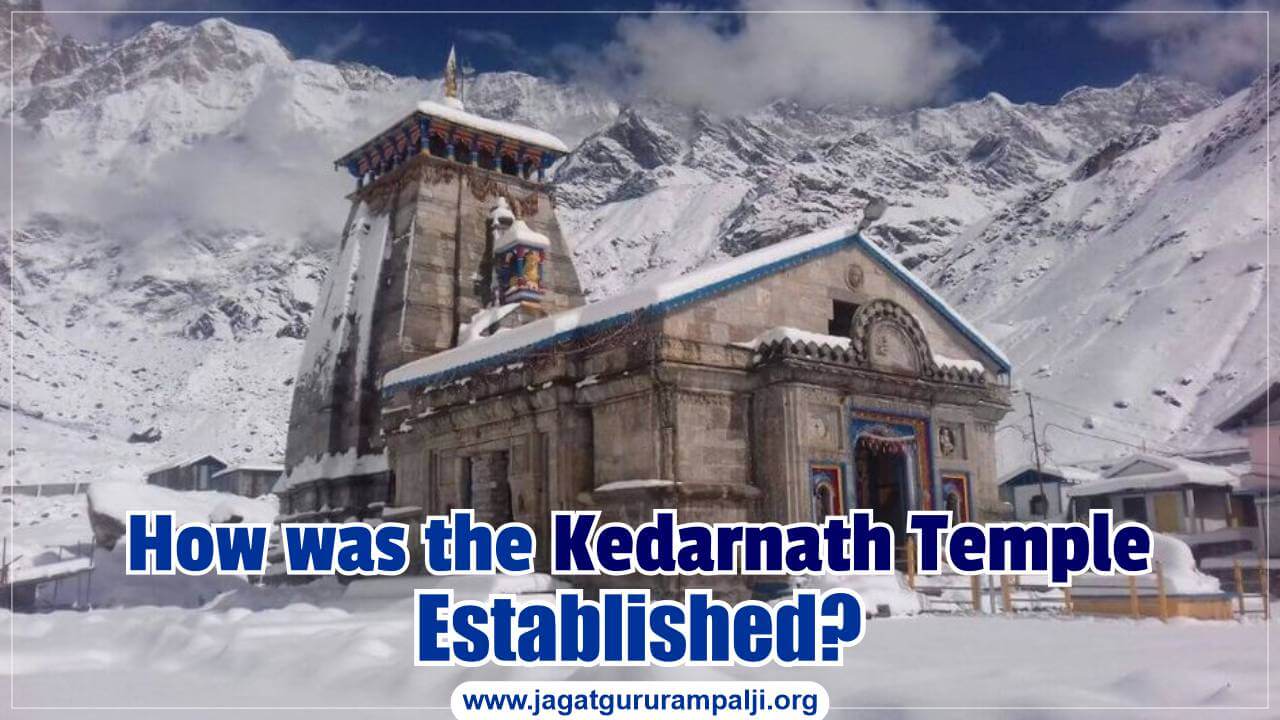
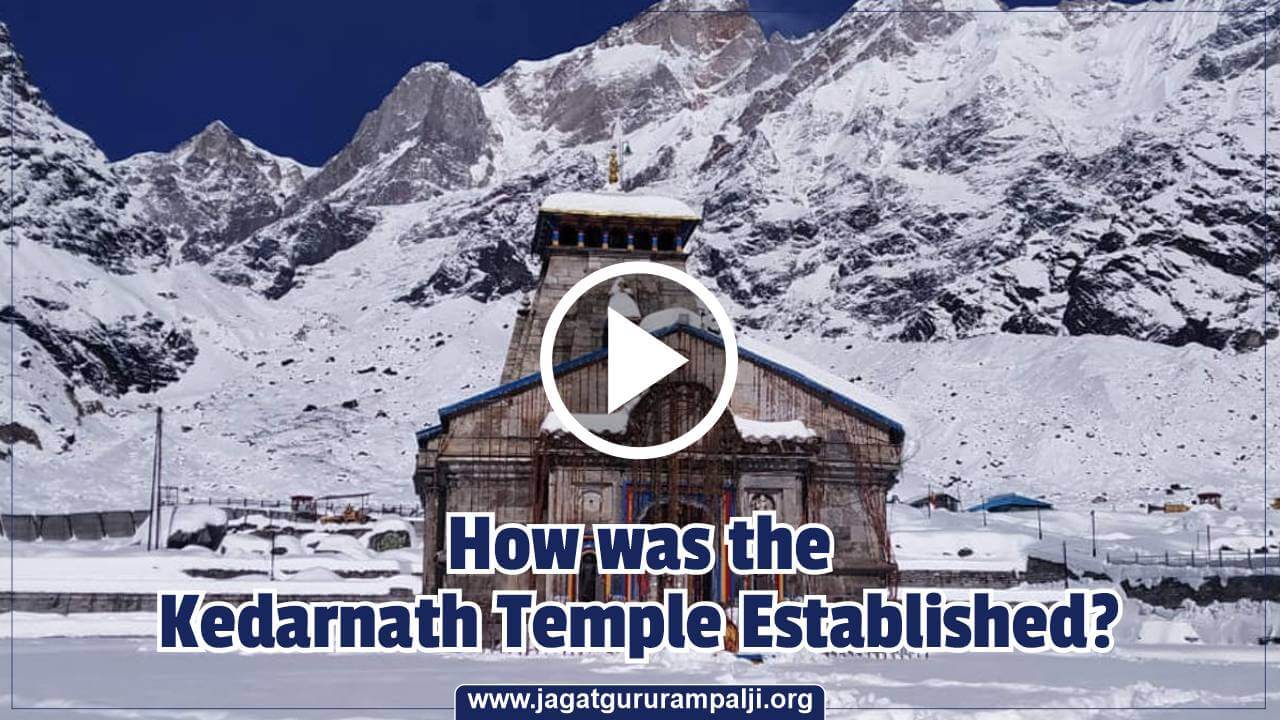
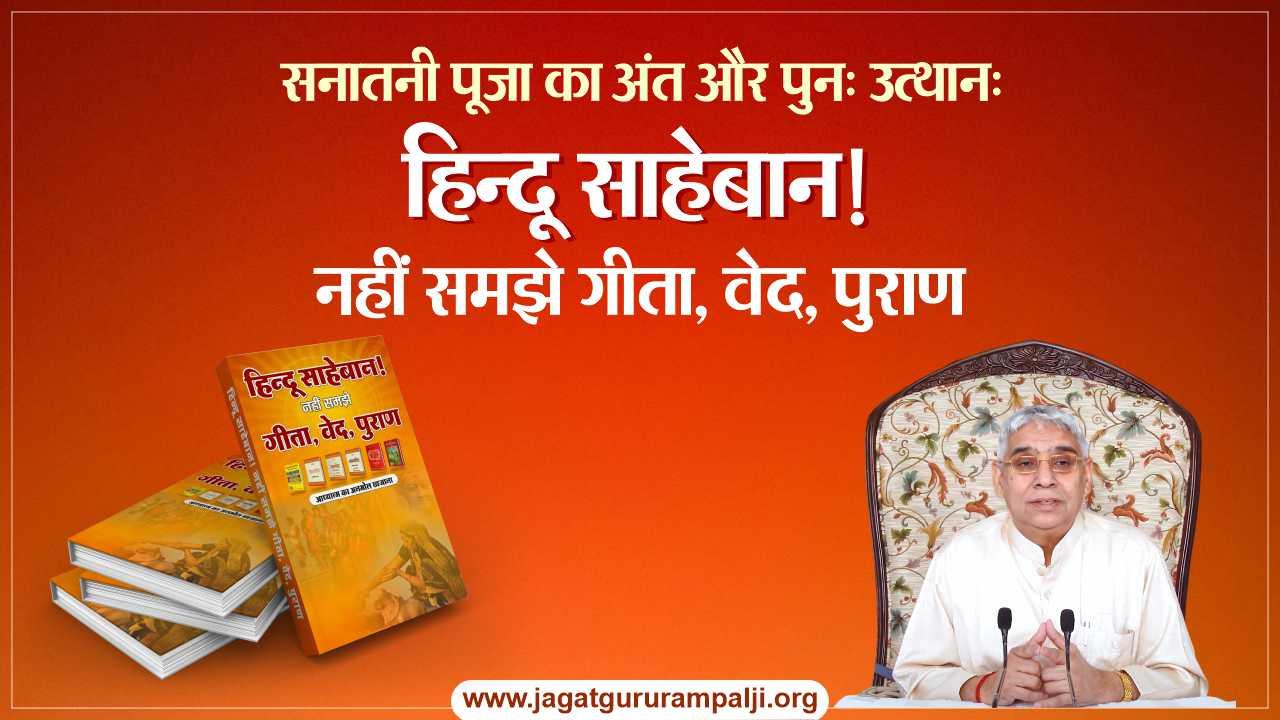

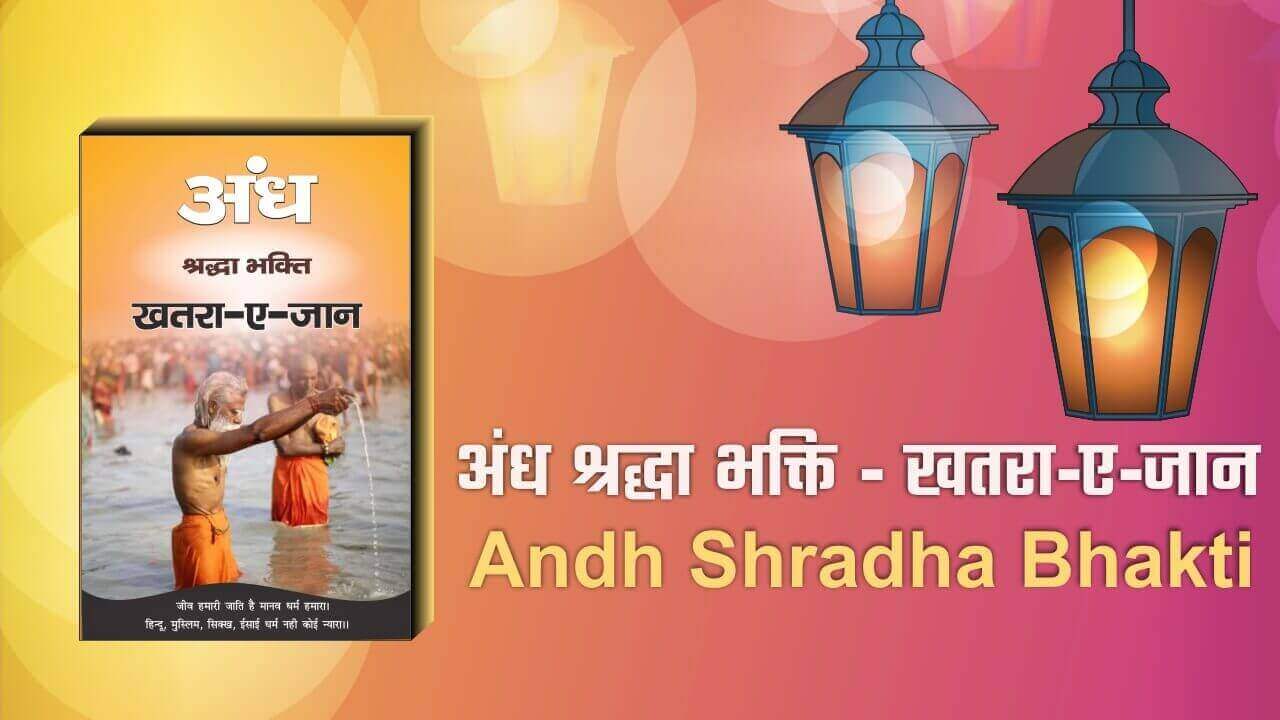
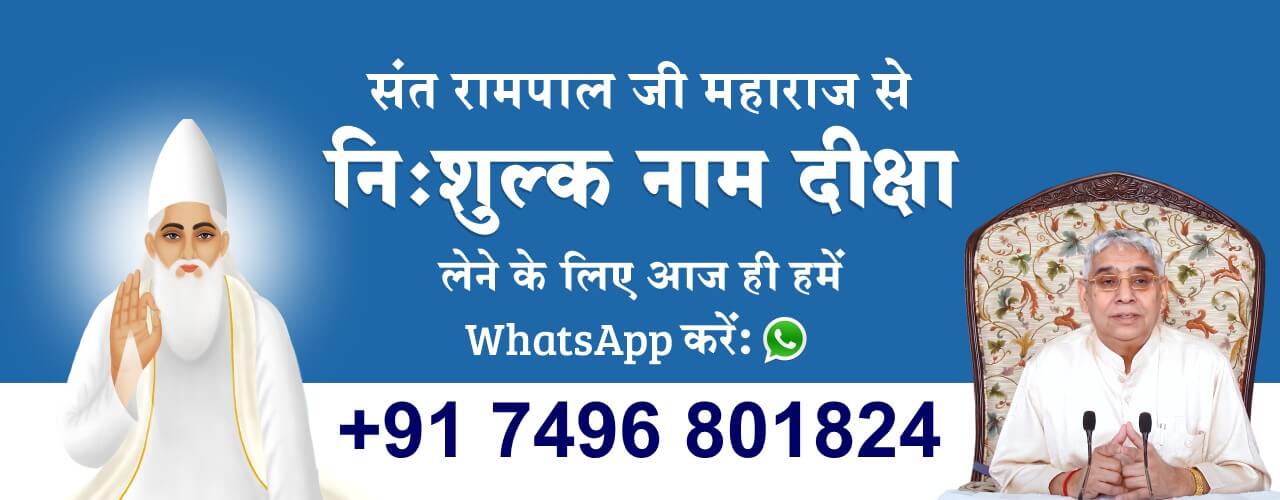
Raveena Gupta
Is Lord Shiva seated in Kedarnath?
Satlok Ashram
According to evidence mentioned in Scriptures Lord Shiva resides in Kailash mountain. The other places of pilgrimage of Lord Shiva or Jyotirling signify some historical religious events. Devotees out of sheer ignorance believe Lord Shiva is present there but it is a myth.